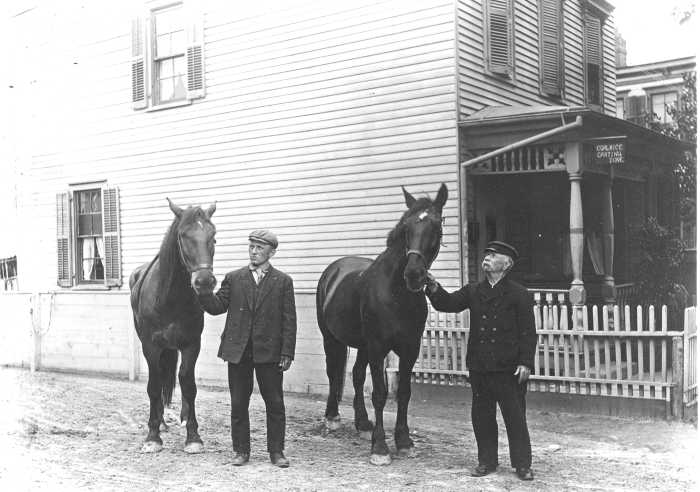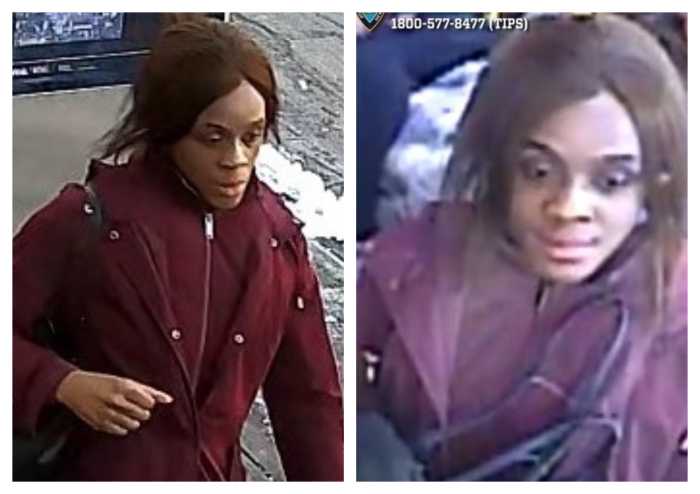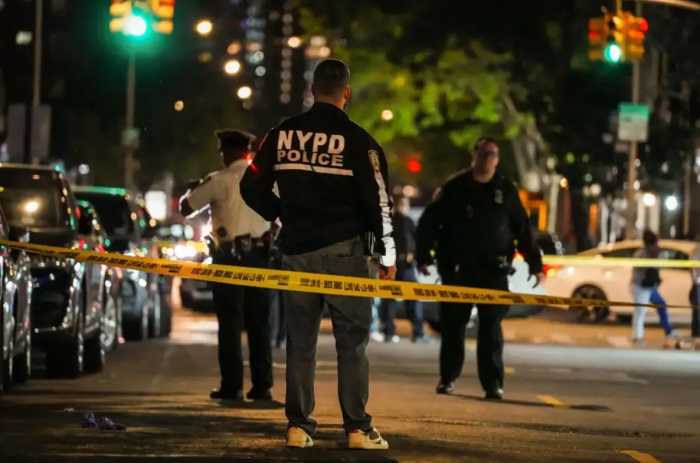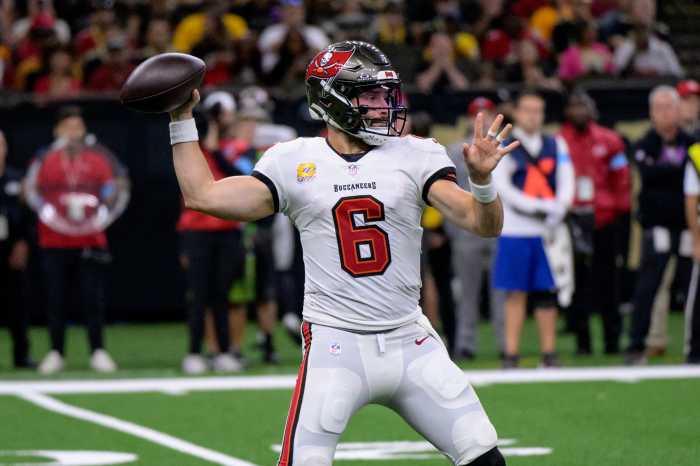By Philip Newman
The proliferation of illegal housing conversions is hardly news to residents of many Queens neighborhoods and a new study says that in no other area of New York City is the situation as acute as in the nation’s most ethnically diverse borough.
“Queens accounted for more than half of the 90,000 complaints filed citywide between 1992 and 2002,” said the Citizens Housing and Planning Council, a nonprofit, non-partisan organization founded in 1937.
“The character of its housing stock, immigration patterns and income distribution probably make that borough most susceptible to informal housing creation,” the group said.
The agency, in a study titled “New York’s Underground Housing,” examined Queens housing growth from 1990 to 2000.
“The Queens housing stock increased by 63,867 units over the 1990 Census count, including 21,733 units in structures built during the 1990s,” the study said.
The Council said it found nearly 42,000 so-called new Queens housing units that were counted by Census 2000 but not identified in the 1990 Census and are not attributable to new construction or rehabs of vacant units. These “unaccounted for” new units amount to 73 percent of total Queens housing growth, the report said.
It was not always so, said Frank Braconi, executive director of the Council.
“In the 1950s and 1960s, these kind of conversions were much more common in parts of Manhattan and some parts of Brooklyn,” Braconi said. “But, as we know, Queens has changed in many ways.”
Braconi said things had been changing in Queens for 10 or 15 years and much more in the past few years.
Braconi said more affluent parts of Queens such as the northeastern areas like Bayside, Whitestone, Little Neck and other nearby communities seemed less susceptible to the problem.
“It’s a matter of household income to a great extent,” Braconi said. “The temptation to carry out these conversions seems to affect people with income ranging from perhaps $40,000 to $100,000,” Braconi said.
“We hear the argument that homeowners need this extra income to help pay their mortgages,” he said. “But I don’t buy that. We see evidence that the money often goes for luxury items like the Lexus parked in the driveway.”
Braconi mentioned parking as the most obvious sign of a neighborhood beset by out-of-control conversion with cars parked everywhere including on lawns.
Braconi said the study found that in the borough’s 14 community districts only in Community District 6, the Forest Hills/Rego Park area, could all housing growth be attributed to new construction. There was a loss in the district of some 200 units in structures built prior to 1990.
“In contrast, in Community District 3, the Jackson Heights/North Corona area, 5,700 new housing units were identified in the 2000 census,” the study said.
“Only 1,600 of the units were in structures built during the 1990s, while nearly 4,100 units were apparently added to the existing housing stock. In Community District 10, Ozone Park/Howard Beach, only 690 units were found in new structures built during the 1990s, while 5,200 units were added to structures built earlier.”
Former Borough President Claire Shulman convened the Queens Illegal Conversion Task Force in 1997 to examine the issue with a view toward stepping up enforcement. The City Council then passed Local Law 65 in 1997 increasing fines for illegal conversions.
The borough president’s office also launched information campaigns to educate tenants, homeowners and concerned neighbors about illegal housing and how to file complaints, which increased.
“But it is unclear that enforcement efforts have done much to suppress the market,” the Citizens Housing and Planning Council said.
“Investigators are not legally permitted to enter apartments alleged to be illegal without either a court order or a willing tenant or landlord,” the study said. “Unlike legal apartment inspections, neither the landlord nor tenant has an incentive to grant access.”
Reach contributing writer Philip Newman by e-mail at Timesledger@aol.com or call 229-0300, Ext. 136.


































